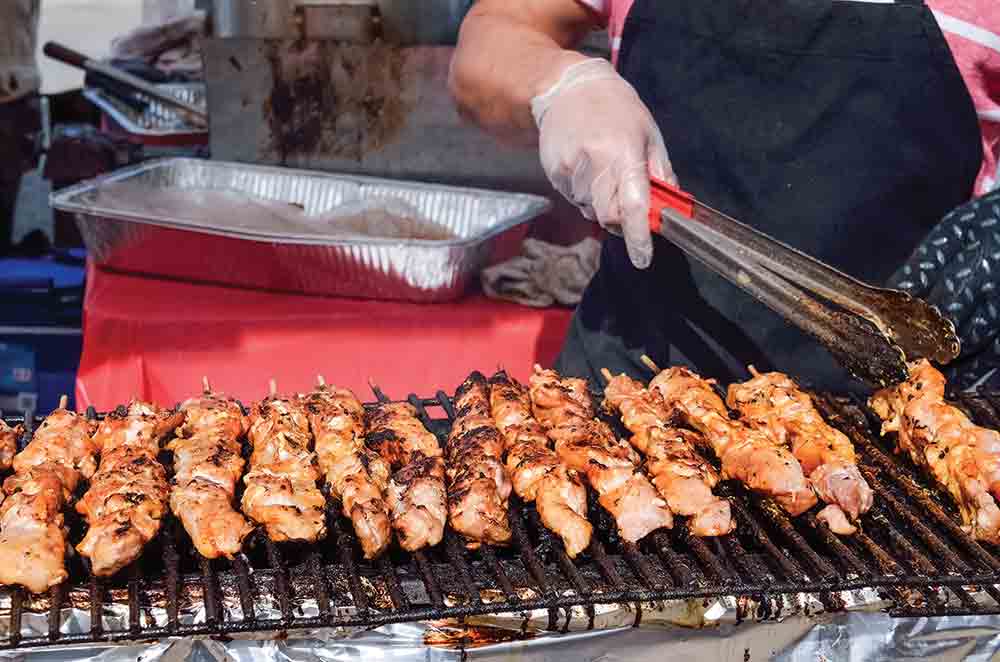
By Mollie LaSalle
[email protected]
Now that we have just celebrated a major holiday, there are some things to keep in mind as we go forward into the long, hot summer.
Days at the lake, family reunions, trips to the beach, and just gathering by the pool for a cook-out are when food and fellowship come together. Here are some guidelines to follow to ensure a safe, and fun gathering.
If you are having a cook-out, make sure your grill is clean. Thaw meat in the refrigerator or microwave and cook immediately after thawing. Thoroughly cook the food and use thermometers correctly. Be aware of the “danger zone” when dealing with cooked food. The danger zone is between 40 and 140 degrees.
The general rule of thumb is to keep hot food hot and cold food cold. Use separate plates to carry raw meats and cooked meats so juices from the raw meat and cooked meats don’t come in contact with each other. Use separate cutting boards for meats and vegetables. Divide leftovers into small portions and refrigerate immediately.
Safe cooking temperatures are 145 degrees for all cuts of meat. Keep raw foods separate from cooked foods to avoid cross-contamination. Once foods are cooked and served, any leftovers should be kept at below 40 degrees or above 140 degrees. If foods cannot be kept hot or cold, they should be discarded after two hours. Make sure you have a cooler with plenty of ice for foods to keep the temperature below 40 degrees, keep the cooler out of the sun, and use a separate cooler for drinks.
Always follow the four C’s of food safety: cleaning, cooking, chilling, and cross-contamination. The longer food sits in the danger zone, the more bacteria grows. The most susceptible foods include: meat, eggs, dairy, cooked vegetables, and green salad. Remember to wash your hands, don’t let foods touch, wash produce, never wash meat, cook food to the proper temperature, and don’t leave food out all night. Some foods become unsafe to eat if not refrigerated or frozen; meat, poultry, dairy and cooked leftovers fall into this category. Throw away perishables that have been left out longer than two hours.
A general rule of thumb is to refrigerate leftovers at 40 degrees or below as soon as possible and within two hours of preparation; they should be re-heated to at least 165 degrees. If you’re ever in doubt about whether it is safe to eat, then it needs to be discarded. Throw out food that has been sitting at temperatures above 90 degrees, such as food at a cook-out.
The last rule of food safety this summer: When in doubt, throw it out.








Comment
Comments